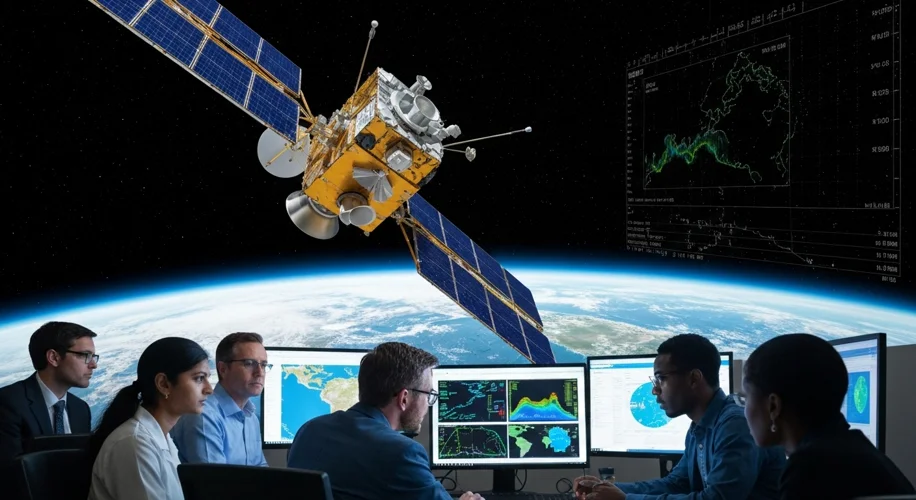It’s August 20, 2025, and a significant shift is happening at NASA. Reports are circulating that the agency’s acting chief is calling for a re-evaluation, and potentially an end, to certain Earth science initiatives. This news has sparked a lot of discussion, and I want to share my perspective as someone who has dedicated years to understanding our planet through atmospheric science and climate modeling.
For decades, NASA has been at the forefront of Earth observation, providing invaluable data about our climate, atmosphere, oceans, and land. Missions like Landsat, Terra, Aqua, and the upcoming NISAR satellite have given us a comprehensive view of our changing planet. This data is crucial for scientists worldwide to understand everything from melting glaciers and rising sea levels to deforestation and air quality.
Why the potential shift? While the specifics are still emerging, such decisions in large scientific organizations often stem from evolving priorities, budget constraints, or a redirection of focus towards new frontiers, perhaps in space exploration or other scientific disciplines. It’s important to remember that NASA’s mission is vast and encompasses many areas of scientific endeavor.
However, the implications of scaling back Earth science at NASA are profound. Earth science isn’t just about abstract data; it’s about understanding the very systems that support life. The research conducted contributes directly to our understanding of climate change, natural disaster prediction, resource management, and so much more. For communities, especially those already facing environmental injustices, this data often serves as a critical tool for advocacy and action.
As an atmospheric scientist, I’ve seen firsthand how critical continuous, high-quality Earth observation data is. My work on urban heat islands, for example, relies heavily on satellite imagery to map temperature variations and understand how our built environments impact local climates, often disproportionately affecting marginalized communities. Any disruption to these data streams could hinder our ability to address these critical issues.
This isn’t to say that scientific exploration should remain static. Science is dynamic, and re-evaluating priorities is a natural part of its progress. The question becomes: how do we ensure that vital Earth observation capabilities are maintained, whether by NASA or through other collaborations and agencies? How do we continue to monitor and understand our planet’s health without this crucial perspective?
Moving forward, it will be essential to follow these developments closely. It’s my hope that any changes will be made with a full understanding of the immense value Earth science data provides, and that robust mechanisms will be put in place to continue this vital work. Our planet’s future depends on our ability to understand it.

